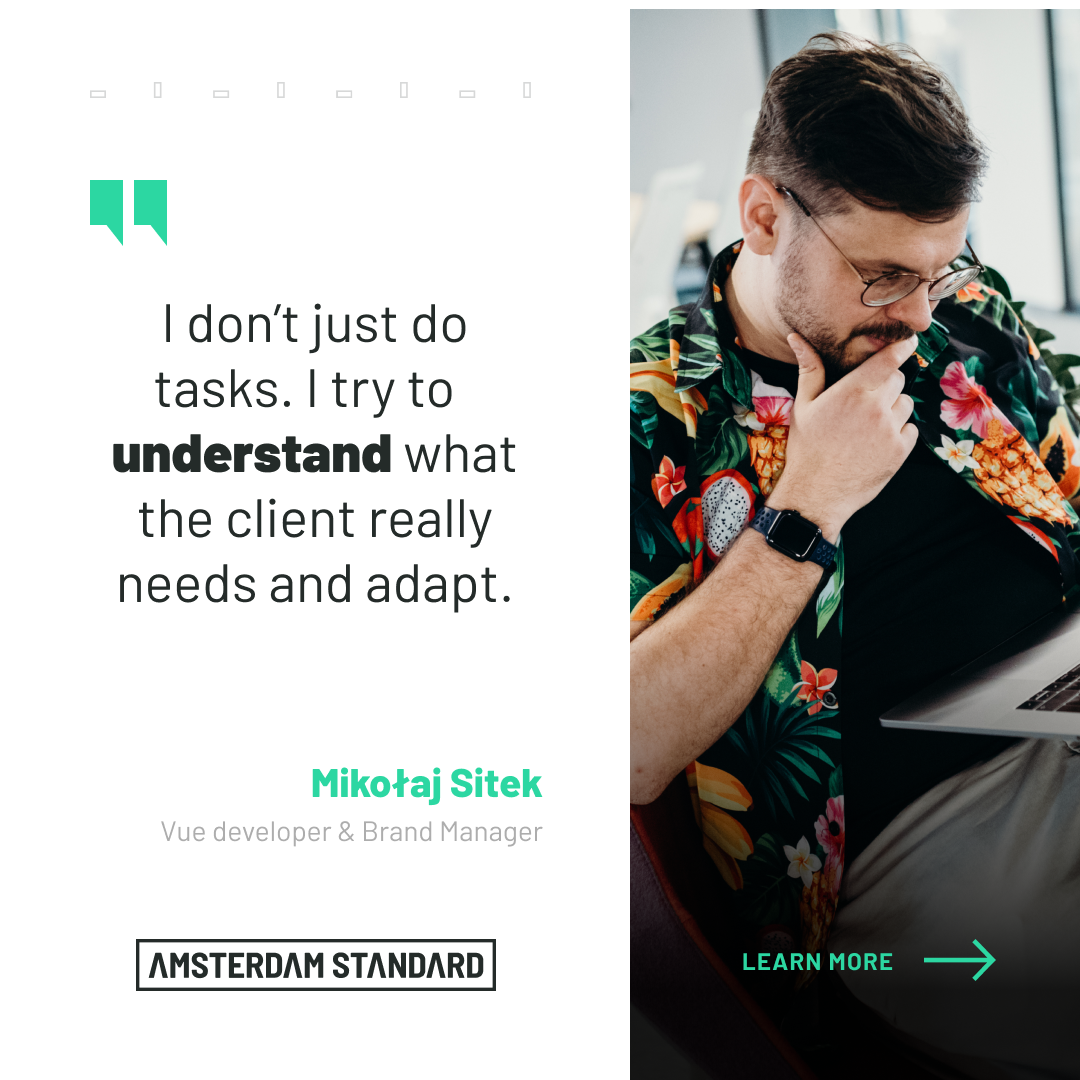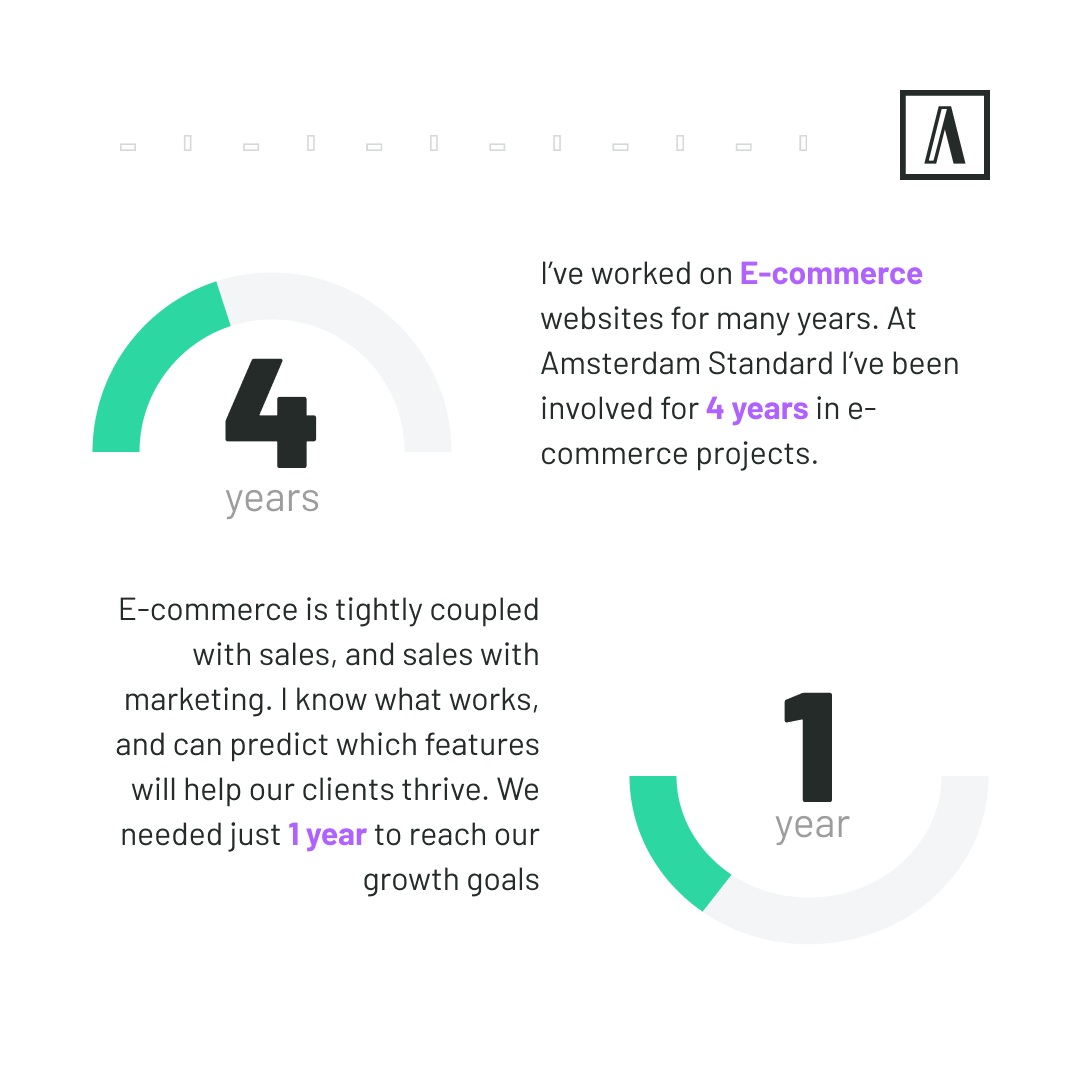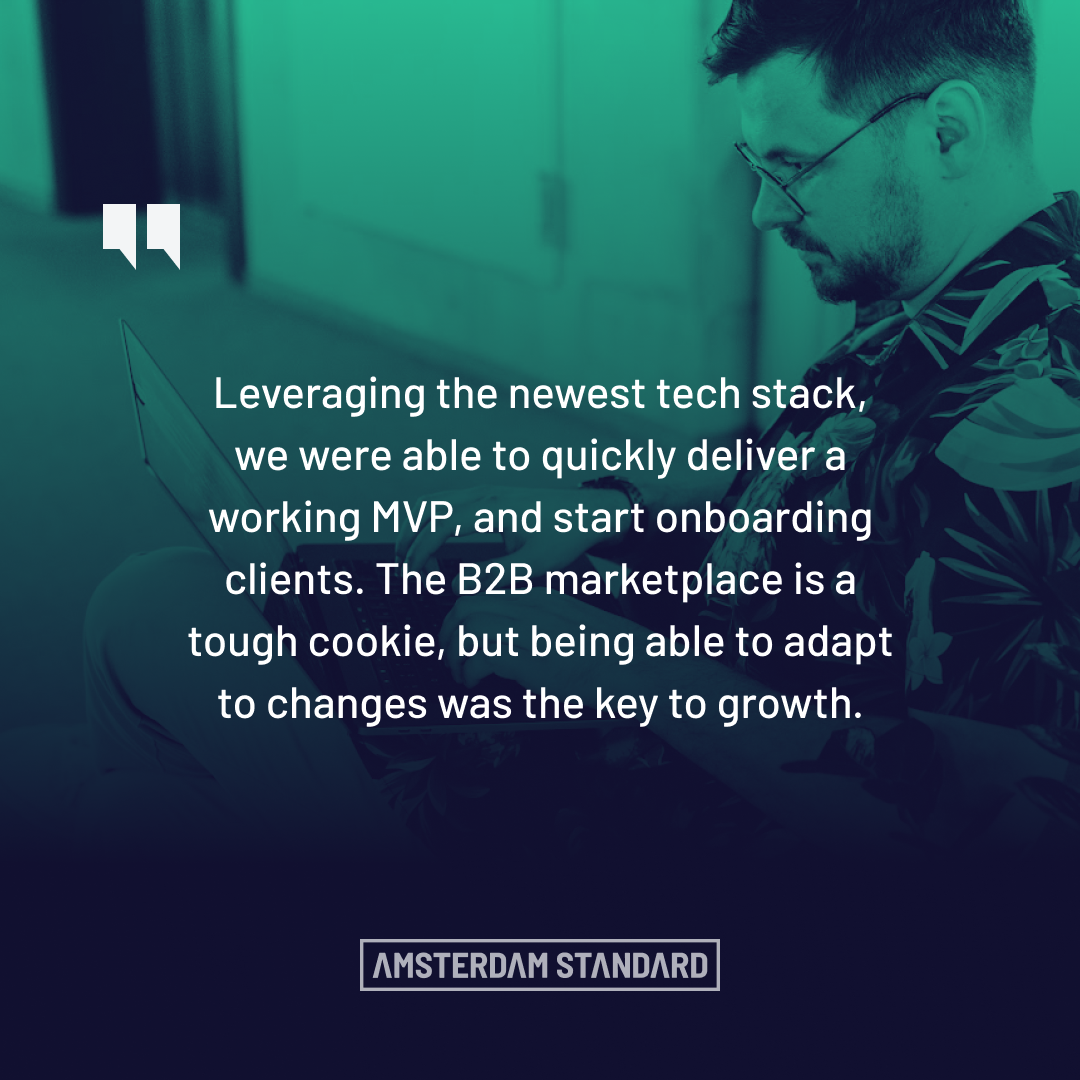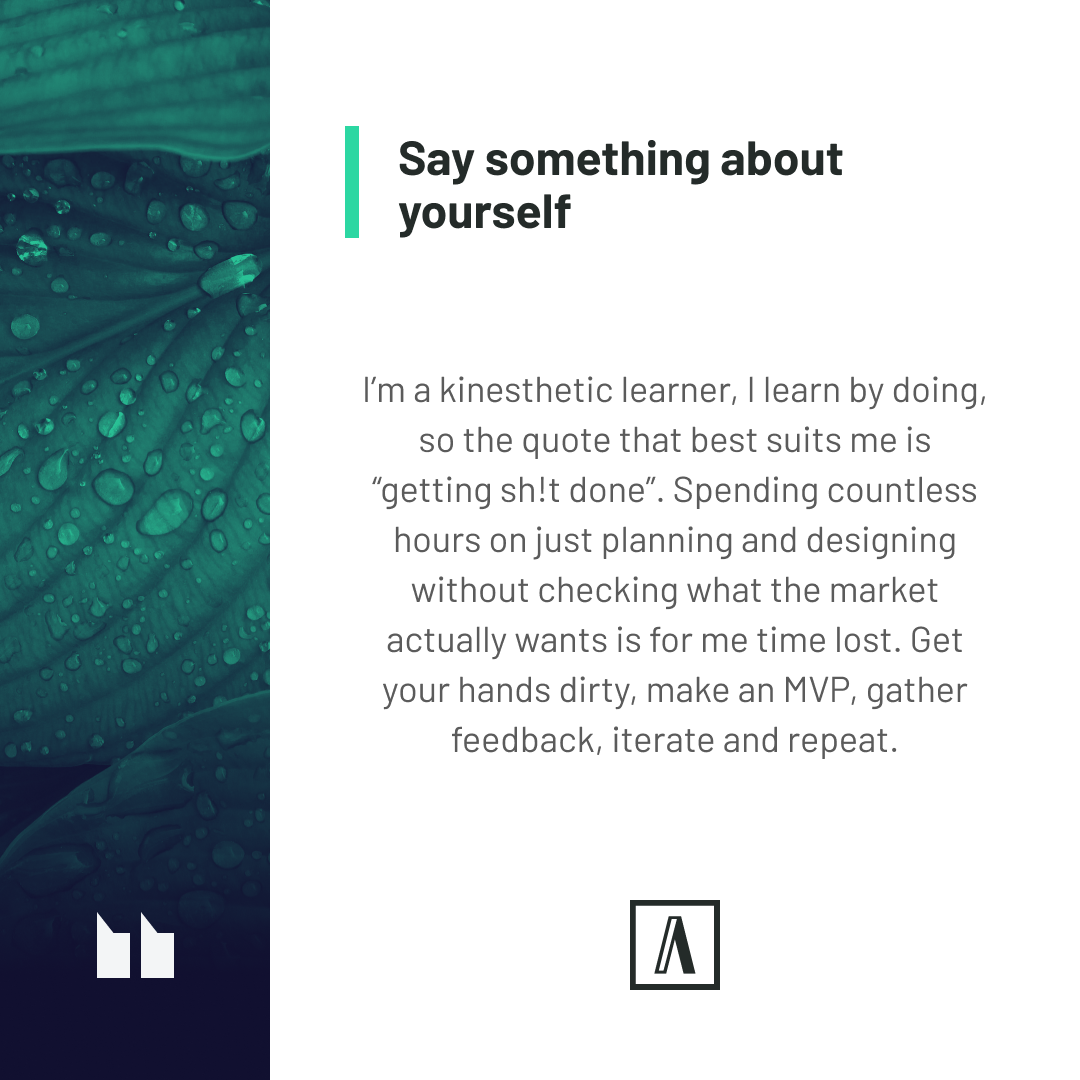The Challenge
Bringing B2B wholesale to the digital age. Out with pen and paper, in with clicks and automation.
Bringing B2B wholesale to the digital age. Out with pen and paper, in with clicks and automation.

The Problem
E-commerce is a very specific type of product. Wholesale is in a totally different league. Imagine combining the two. The project required a platform where unique wholesalers could find eager retailers and make the connections needed for both businesses to thrive.
Wholesale in a large amount was still using pen and paper to track sales, shipments and invoices. This was the vision, to bring this world to the web.
The Journey
We met up with Miki, one of the core frontend developers working on marketplace technologies.
For him the journey started really early on, joining the team when there were only 2 other devs, and the entire company counted maybe 10 employees. He quickly understood that time was crucial, and getting to market was a top priority.
This is not a problem for Miki, as his favorite pastime is cutting away redundant ideas, features or elements that the client does actually need. Within months the company onboarded its first 100 retailers and suppliers, and started connecting valuable sales points with makers.
"The vision was clear from the start - we wanted to build a platform where only the best-looking, curated suppliers would offer their products to retailers that were willing to sell the most unique items.
The first year mostly focused on bringing things to life, listening to the market and the customers, and expanding the features that really made a difference, including: invoicing, pay later features, shipping and handling, and even storage solutions. The platform grew to an all-in-one solution for wholesale. Soon we saw how 100 changed to 1000, to 10.000. That's also when revenue started growing, from a couple thousand a month to a hundred thousand a month. This led to an explosion of growth, including the development team. What was once a 3-man army changed to over 20 developers, all specializing in certain aspects of the platform."
Miki mentions that, in retrospect, without diving into a Vue and GraphQL stack he wouldn't have learned new ways of backend/frontend communication that was required to leverage the product's growth.
Miki concludes that building e-commerce is an extreme sport; not only do you need to be fast both in technology and adaptation, but you are very closely coupled with marketing and sales, which are by definition fluid and ever-changing.
The Conclusion
Some industries adopt digital quickly, other struggle along and need to be pushed into the web. The reward is ease of use, accessibility and security. The idea of an online store is simple: display products, add to carts and pay. But creating a platform that creates online stores, marketplaces (and targeted to b2b) is a far larger endeavour. There are many factors to take into account.
Do not underestimate the power of SEO, and fast applications when involved in e-commerce. You cannot sell anything without an online presence.
Miki also highlights that "You should never leave things to chance or preference, our highly skilled Product Owner in the project used Segment and Mixpanel to perfectly track users and diagnose issues, and we could make informed decisions about design choices. Data Driven Design is the only way to go!"
.png?width=224&height=304&name=Frame%2029%20(3).png)






